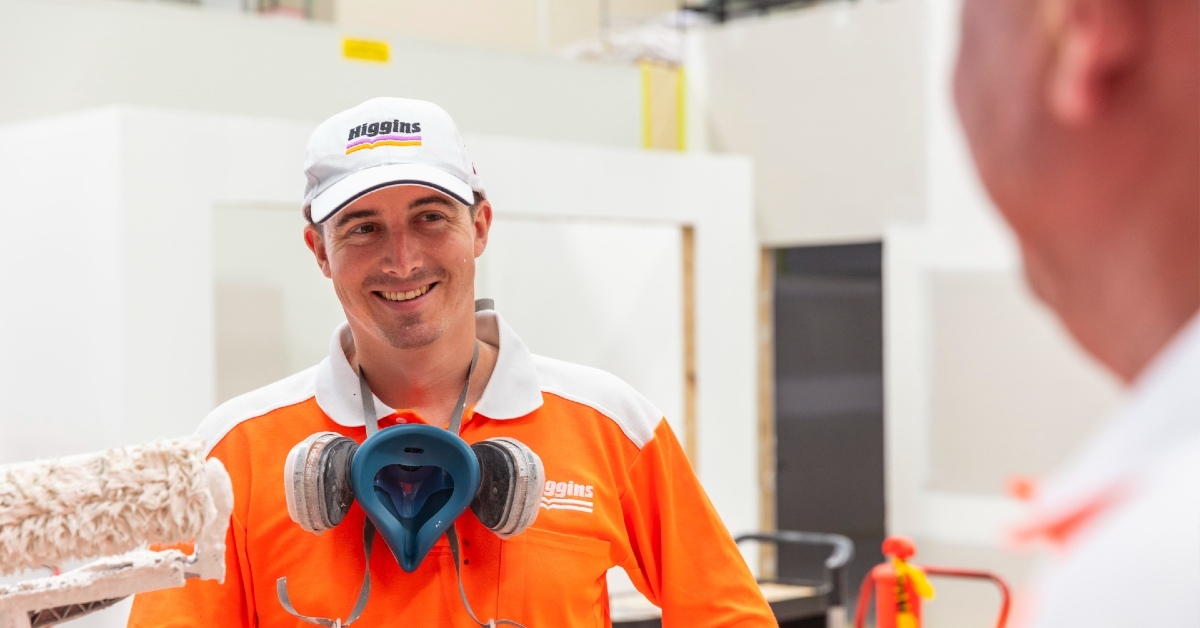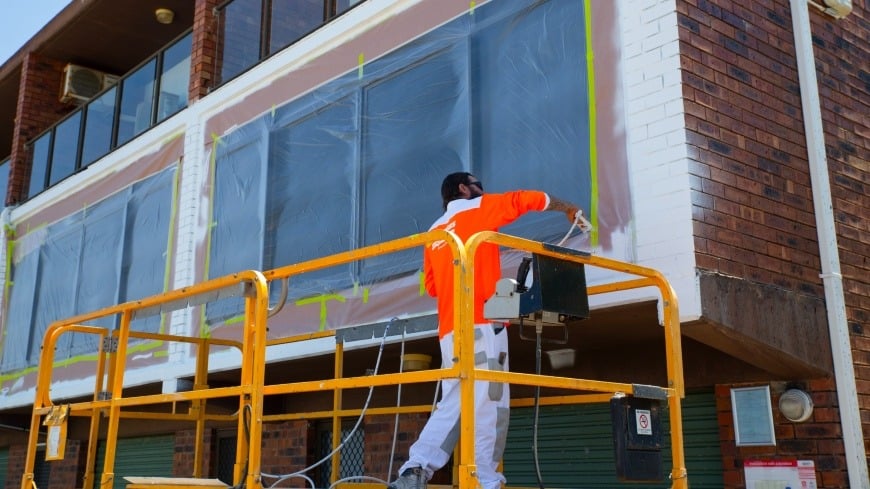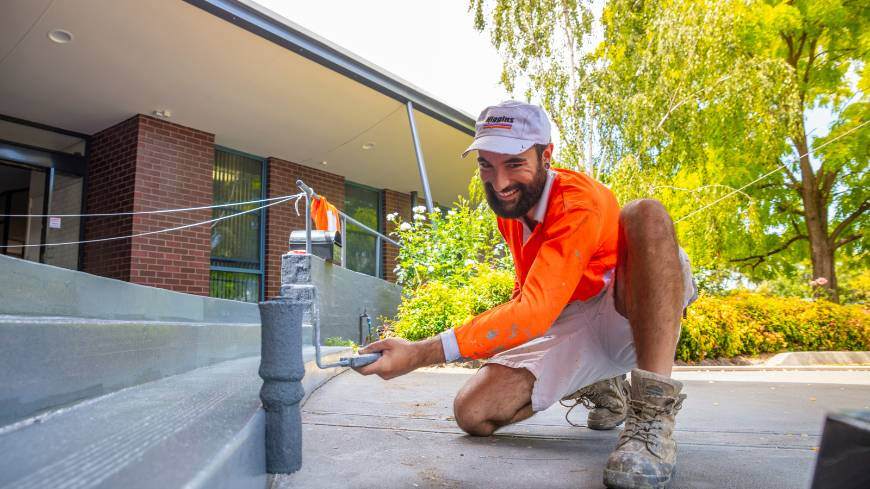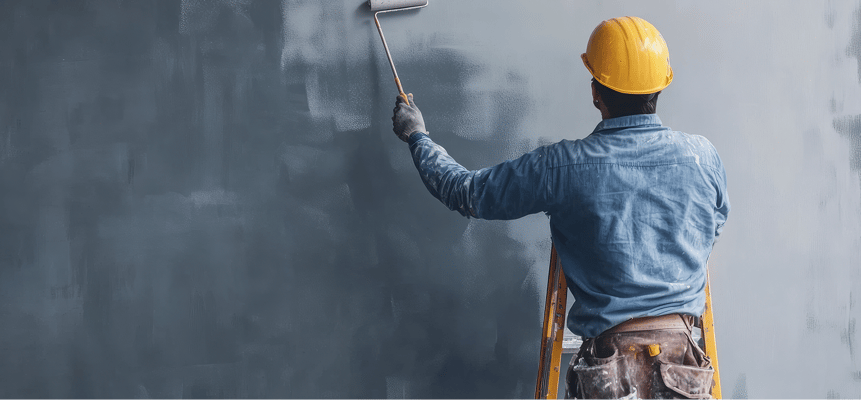
Blog
- All
- Preventative Maintenance
- Education
- Contractor Management
- Paint Colours
- Planning & Project Management
- Strata & Body Corporate
- Commercial Buildings
- Health & Safety
- Retirement Living & Aged Care
- Sustainability
- Commercial Property
- Healthcare
- Hotels & Resorts
- Painting Costs & Quotes
- Floor Rejuvenation
- Higgins News
- External Repaint
- Antimicrobial Sanitising
- Australian Capital Territory
- Canberra
- Community
- Heritage Buildings
- High Rise Painting
- Sports & Recreation
07 Oct 2025 at 10:10 PM
The cost-effective solution
This is a transcript of our video highlighting the cost savings and efficiency benefits that...
Read More
07 Oct 2025 at 10:09 PM
Why schools are choosing floor rejuvenation
The following is a transcript of a video featuring Higgins Coatings team members explaining why...
Read More
07 Oct 2025 at 10:09 PM
Why leading schools choose Higgins for floor rejuvenation
The following is a transcript of our video featuring a testimonial from a school facilities manager...
Read More
07 Oct 2025 at 01:53 AM
Floor rejuvenation in action
The following is a transcript of our video filmed on-site at Cranbourne East Secondary College,...
Read More
01 Jul 2025 at 01:30 AM
Top trends affecting the value of commercial property in Australia
The fresh scent of paint might seem like a simple cosmetic detail, but for commercial property managers across...
Read More
23 Jun 2025 at 11:15 PM
Your guide to budgeting for commercial building painting
How much does it cost to paint a commercial building? It depends! Painting involves several cost factors that can vary...
Read More
02 Mar 2025 at 10:00 PM
Painting apartment exteriors: Best practices
Apartment complex exterior painting might not seem like the most glamorous project on a Strata Manager’s to-do list,...
Read More
02 Feb 2025 at 10:00 PM
Strata painter: 7 key considerations for hiring
Strata living is becoming increasingly common in Australia. According to the recent Australasian Strata Insights...
Read More
08 Jan 2025 at 10:00 PM
How to find good tradespeople you can always rely on
Running a busy facility means juggling endless maintenance tasks, but with limited time and budget, staying on top of...
Read More








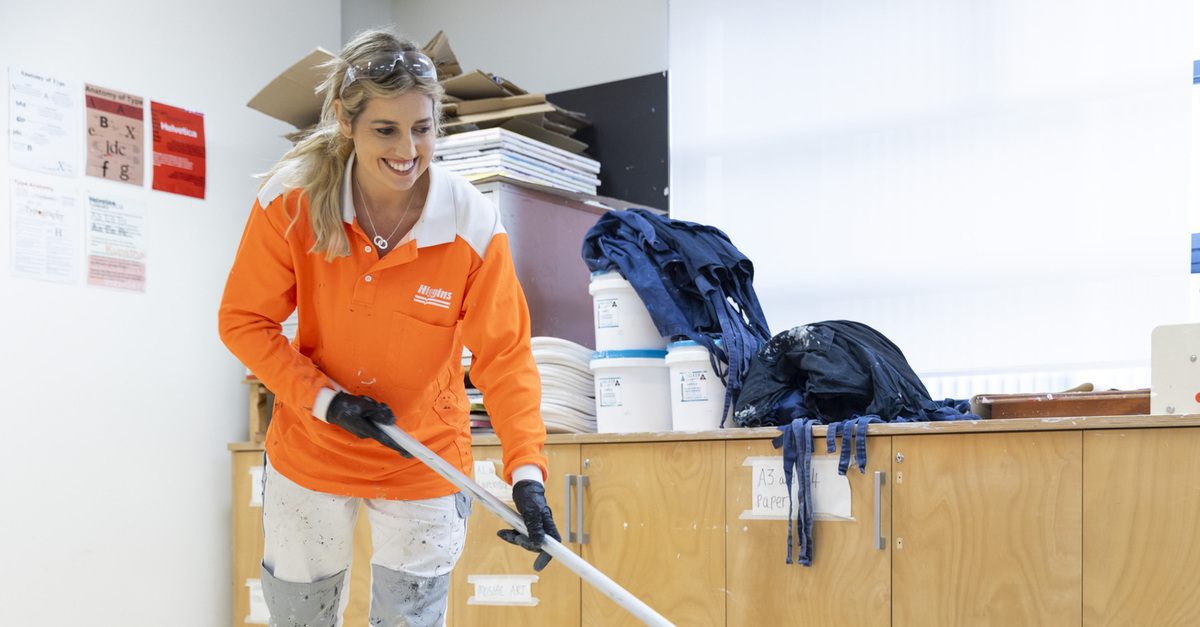
.jpg)



